What is The Best DSLR Camera for Beginners? What a tough question is this! Deciding on a new camera can be a daunting task because there are lots of options available in the market.
Suppose that your smartphone camera doesn’t offer the versatility you need and that you’re willing to get more steps up in photography. I think before trying to answer that question, it is reasonable to go through the different types of cameras to understand their capabilities and to be able to know the major differences between them.

Camera Types overviews
-
Simple point-and-shoot cameras
Might look like an easy upgrade from a smartphone camera. The zoom lens is the killer feature. Smartphones offer ‘digital’ zooms, but that’s not the same at all, because these simply crop in on a smaller area of the picture, so you’re losing resolution. Typically, a typical point-and-shoot compact will have a 3 to 10x zoom which goes much wider than a smartphone lens, so that you can fill the frame with people and subjects when they’re further away. Also, you have much more control over the exposure, focus, and color and it is much easier to hold. But the picture quality isn’t necessarily better. Cheap cameras have cheap lenses, which can produce big distortion at the edges of the frame or at full zoom, and the sensors are not much larger. Remember that sensor size is a key factor in picture quality.
-
Travel compact (long zoom)
A ‘travel compact’ is essentially a point-and-shoot camera but with a much, much longer zoom range, typically 30x.You will have a camera that still fits in your pocket but has such a colossal zoom range that you can photograph practically anything, from beautiful landscapes to far-off landmarks. Travel compacts have the same size sensors as point-and-shoot compacts, but this is changing, with some models you may find larger-sized sensors. Some travel compact cameras have more advanced exposure modes for controlling the shutter speed and lens aperture independently.
-
Bridge superzoom camera
The name ‘bridge camera’ comes from the way these cameras are designed to bridge the gap between a regular compact camera and a DSLR. Superzoom cameras combine the flexibility of a wide focal range with a small format body. Many offer manual control over exposure (such as with an aperture or shutter priority option), and some allow you to manually focus too, meaning the photographer can take many decisions into their own hands. The key aspects of a bridge camera are its massive zoom range; DSLR-style controls and features; versatility and value for money. But its smaller sensor size limits the quality of photos (with some key exceptions), and details are often quite soft at full zoom.
-
A high-end compact (enthusiast)
A high-end compact is perfect for quality-conscious enthusiasts who want a ‘proper’ camera small enough to fit in a coat pocket. A high-end compact camera offers a different route toward better pictures. When buying a bridge camera you’re paying for the huge zoom range, but when buying a high-end compact camera you are looking for a larger sensor, a better lens, DSLR-style controls, and features.
High-end compact cameras are designed for enthusiasts and experts who want a camera small enough to carry around when a regular DSLR would just be too impractical.
With all the magnificent quality you can have with the high-end compact camera, you still can’t change lenses.
-
Hybrid or mirrorless camera (compact system camera CSCs)
This camera type has only been available for the past few years; it has significantly altered the photographic market. Some models use the same size of sensor found in DSLRs they are able to achieve a similar standard of image quality. They can be made much smaller because they spare the traditional SLR mirror box. This does mean, however, that they cannot offer an optical viewfinder, instead, some offer electronic viewfinders, while some simply have an LCD screen for composition. The main drawbacks of this design are some models don’t have viewfinders; electronic viewfinders lack the clarity of a DSLR’s optical system; so far, the range of lenses available is more limited, but is growing.
-
DSLR camera
DSLRs are perfect for anyone who wants to take their photography more seriously and proficiently, not just because you can change lenses, but because they have large sensors that deliver much better quality than the smaller sensors in most compact cameras. Also, you can have full manual controls. Until recently, the DSLR design was the only choice for photographers who wanted interchangeable lenses, but it has its drawbacks. The optical viewfinder on a DSLR is great, but if you want to use the LCD display to compose your shots, just like you would on a compact camera, they’re much less effective. That’s because to do this a DSLR has to flip up its mirror and swap to a slower, more laborious autofocus system.
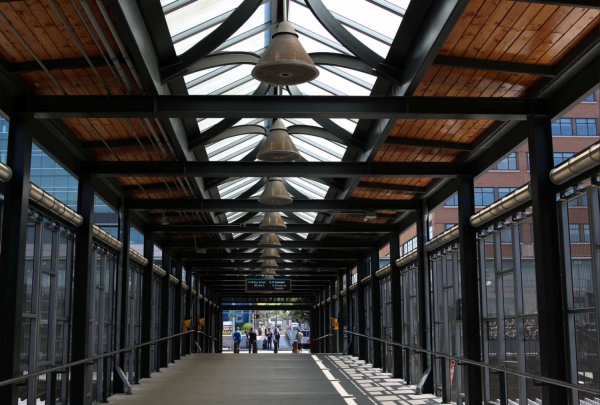
Now let’s try to answer the question, I collect five entry-level camera bodies and make a brief list of their highlight specifications. There is only one final remark I would like to mention. The choice of a specific brand for a DSLR camera means that you are going to stick to this brand for a long time because you will always need another lens for different kinds of photography and you have to select from the same brand to have the same mounting system that suits your camera, or you may go for a third party lenses producers.
The Best DSLR Cameras for Beginners
The current entry-level model is the EOS Rebel T5, which has a modest feature set, but a wealth of imaging capabilities; it has the following main features:
- 18 MP APS-C CMOS Sensor
- DIGIC 4 Image Processor
- 3.0″ 460k-Dot LCD Monitor
- Full HD 1080p Video Recording at 30 fps
- 9-Point AF with Center Cross-Type Point
- Native ISO 6400, Extended ISO 12800
- 3 fps Shooting for 69 JPEG, 6 Raw Files
- 63-Zone Dual-Layer Metering System
- Scene Intelligent Auto Mode
- EF-S 18-55mm f/3.5-5.6 IS II Lens
You can buy the product from my recommended retailer Here
It uses the majority of the same imaging components of the T5, but with an improved DIGIC 4+ image processor for quicker performance. This model also sports a higher-resolution 3.0″ 920k-dot LCD monitor and built-in Wi-Fi with NFC for sharing photos and movies wirelessly and controlling the camera remotely from a mobile device. It has the following main features:
- 18MP APS-C CMOS Sensor
- DIGIC 4+ Image Processor
- 3.0″ 920k-Dot LCD Monitor
- Full HD 1080p Video Recording at 30 fps
- 9-Point AF with Center Cross-Type Point
- Extended ISO 12800, 3 fps Shooting
- Built-In Wi-Fi with NFC
- Scene Intelligent Auto Mode
- Basic+ and Creative Auto Modes
- EF-S 18-55mm f/3.5-5.6 IS II Lens
The EOS Rebel SL1 DSLR is distinct from the first two Rebels because it is one of the smallest DSLRs available from any manufacturer. Weighing slightly more than 13 oz and measuring 4.6 x 3.6 x 2.7″, this camera is an ideal option for photographers looking to have a camera with them at all times. It has the following main features:
- 18MP APS-C CMOS Sensor
- DIGIC 5 Image Processor
- EF-S 18-55mm f/3.5-5.6 IS STM Lens
- 3.0″, 1040k-Dot Touchscreen LCD Monitor
- Optical Viewfinder – 0.87x Magnification
- ISO 100-12800, Expandable to 25600
- Full HD 1080p Video with Continuous AF
- 4-fps Continuous Shooting, 9-Point AF
- Lens Aberration Correction
- Video Snapshot, Creative Filters.
You can buy the product from my recommended retailer Here
Moving up in Canon’s EOS lineup, there is a pair of DSLRs, the Rebel T6i and Rebel T6s, which differentiate themselves from the T5, T6, and SL1 in many ways, yet share a similarly compact form factor.
It has the following main features:
- 24.2MP APS-C CMOS Sensor
- DIGIC 6 Image Processor
- 3.0″ 1.04m-dot Vari-Angle Touchscreen
- Full HD 1080p Video Recording at 30 fps
- 19-Pt. Cross-Type AF, Hybrid CMOS AF III
- Expanded ISO 25600, 5 fps Shooting
- 7560-Pixel RGB+IR Metering Sensor
- EOS Scene Analysis
- Built-In Wi-Fi Connectivity with NFC
- EF-S 18-55mm f/3.5-5.6 IS STM Lens
You can buy the product from my recommended retailer Here
Canon EOS Rebel T6s DSLR Camera
It has the following main features:
- 24.2 MP APS-C CMOS Sensor
- DIGIC 6 Image Processor
- 3.0″ 1.04m-dot Vari-Angle Touchscreen
- Full HD 1080p Video Recording at 30 fps
- 19-Pt. Cross-Type AF, Hybrid CMOS AF III
- Expanded ISO 25600, 5 fps Shooting
- 7560-Pixel RGB+IR Metering Sensor
- Top LCD Panel & Quick Control Dial
- Built-In Wi-Fi Connectivity with NFC
You can buy the product from my recommended retailer Here
Related posts
Top Canon DSLR Cameras – Best 5 Reviewed
Thanks for reading the article, hope that you found it useful. If you have any questions please leave them in the box below, I will be glad to answer them.
If you enjoy the site, don’t forget to subscribe, we will only inform you when a new article is posted.

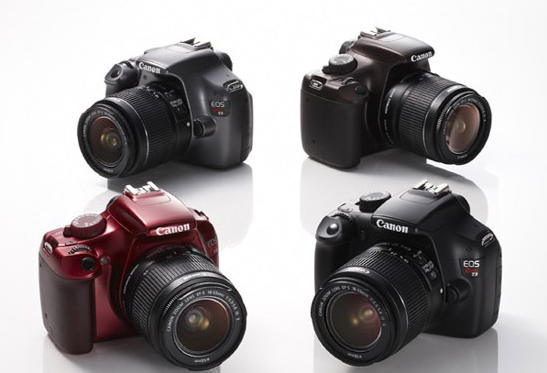


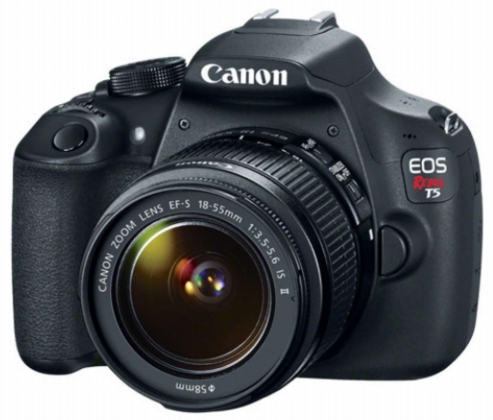
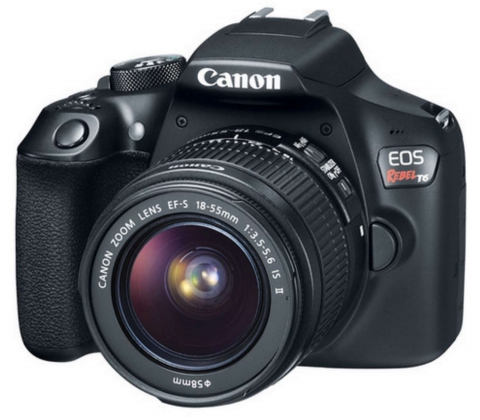
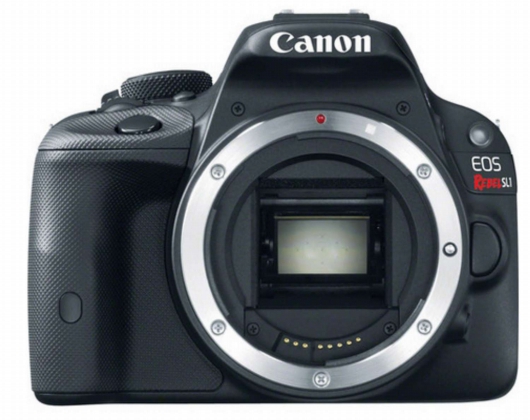
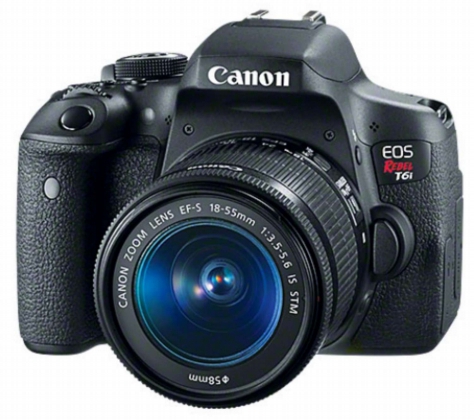
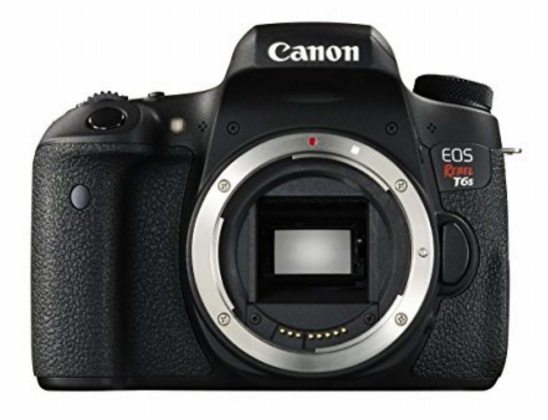

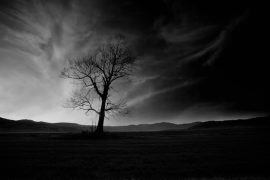


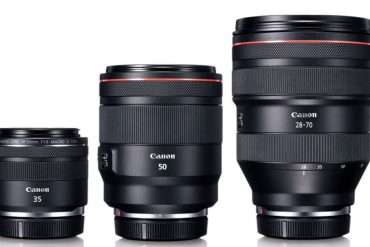
It really is a tough decision choosing a camera, I went through it a couple of years ago. However, I think you have done a good job in presenting choices.
It sounds to me that the travel compact is the one which would do the job for me.
Thanks you for the review.
Thank you for your comment, If you are doing a lot of travel, your choice is perfect.
Happy photographing!